The Swiss Festival That Starts When the Cows Come Home
Six courses, eight hours, and foods you won’t find anywhere else.
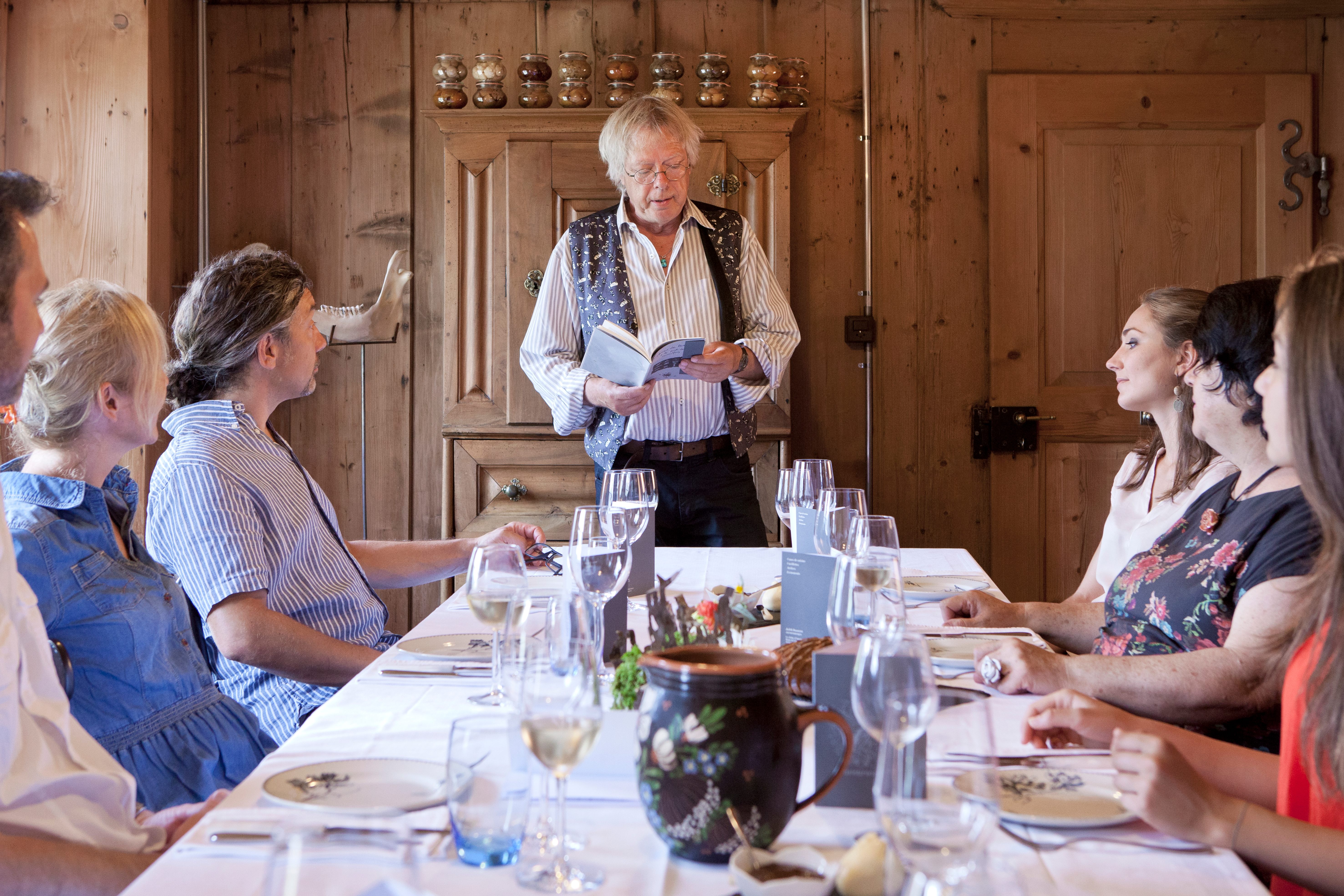
High above Lake Gruyère, I round rocky curves on the road to Vuisternens-en-Ogoz, a French-speaking village in Switzerland. Along with my translator, Eva Winters, I am headed to La Ferme du Biolley, one of several local farms with an adjoining restaurant. With the Jura mountains bordering France to our right and the Alps to our left, undulating farmland unfolds as we approach a large wooden sign reading, “C’est la Bénichon.” The Bénichon, a harvest meal meaning “blessing,” has just begun.
Similar to an American Thanksgiving, the Bénichon is a weekend of fanfare and family celebrations. For most residents, though, the gathering is a larger event than even Christmas. The festivities mark the end of désalpes, or the return of the cows from grazing in the high alpine meadows during summer months. The dairy farmers, who have been living in chalets, fill their blue wagons with cheese-making equipment and begin the eight-hour walk back to the village alongside their flower-adorned herd. This reunion of friends and family calls for a celebratory, six-course meal that can easily last eight hours: the Bénichon.
Though désalpes happen throughout the country among the Swiss Alps, the Bénichon is unique to the French-speaking villages within the canton of Fribourg. Because the tradition centers on family, the meal cannot be fully experienced as a visitor. But several farms with restaurants, including La Ferme du Biolley, serve the traditional meal so guests can taste the centuries-old menu.

Traditionally, families traveled village to village after désalpes for hours of eating, socializing, and dancing. A meal of peasants’ food, the Bénichon coincided with the benediction of the church, which is why the feast still takes place on a Sunday. Each village chooses its own Bénichon weekend, which once allowed all the villages to attend each celebration. With so many mouths to feed, the menu developed to be locally sourced and cost-effective.
At the Biolley farm, I take a seat at the family table next to owner Michel Bapst. Bapst’s wife, Brigitte, appears to say hello, but then returns to the kitchen to work on the six Bénichon courses we’re soon to enjoy. Over glasses of pinot noir, Michel explains that he was born on the farm, which has been in his family since the early 19th century. As more guests arrive, he reveals that the dining room was once a hay loft. This is still a working farmhouse, and I can hear cows just below our feet.
Following Bénichon tradition, we first sample cuchaule topped with butter and pear mustard. The bright-yellow brioche made with saffron was once eaten as a light breakfast, but is now served as a bite-sized first course. Although saffron is commonly associated with Iran, it enjoys perfect growing conditions in nearby valleys. Chachule was created in Fribourg in the 16th century, and recently achieved AOP certification from the Swiss government.
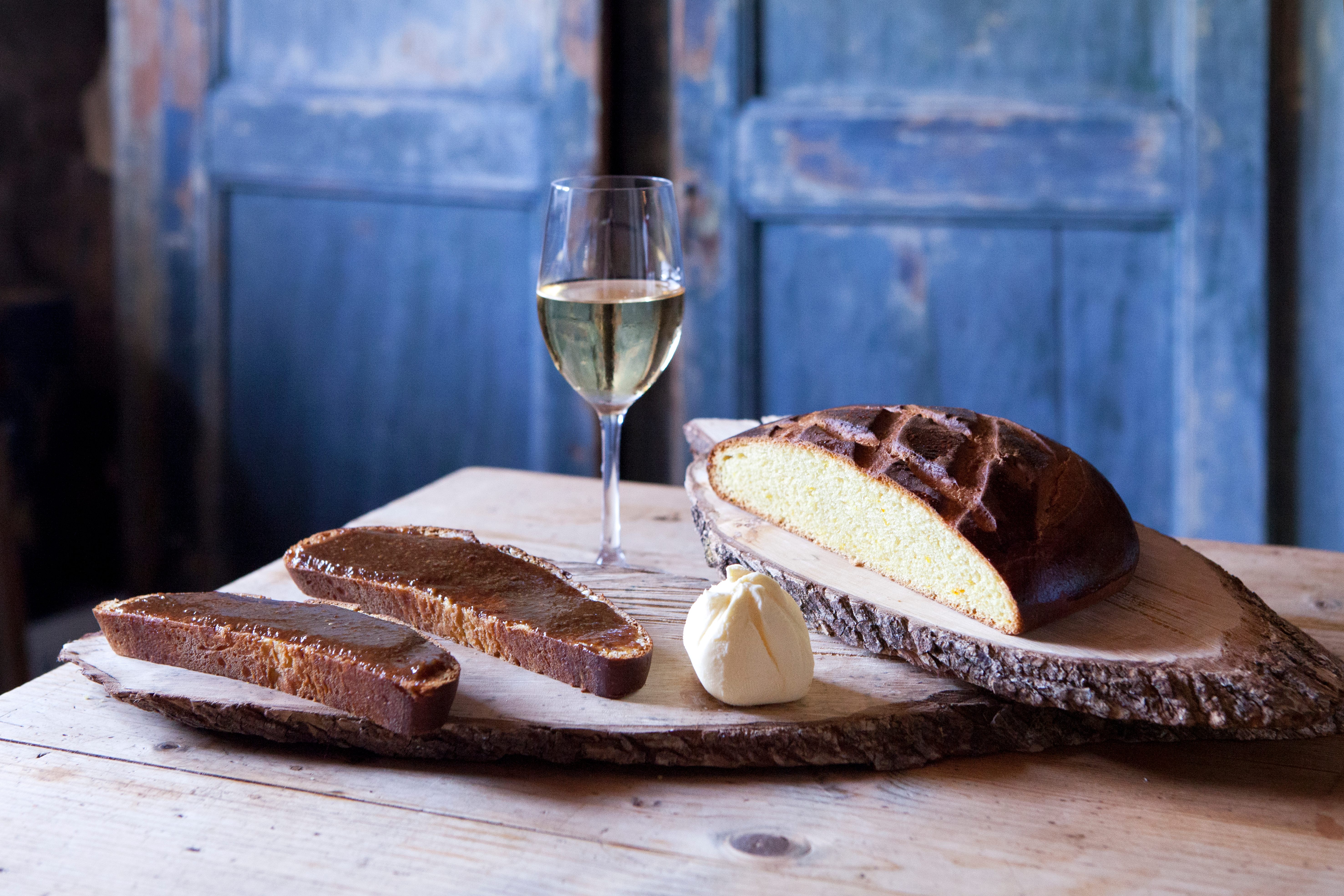
AOP, which stands for appellation d’origine protégée, indicates that the products are truly from the region, of traditional quality, and quintessentially Swiss. (Similar certifications exist across Europe and the world.) Every course of the Bénichon includes local foods, some of which are AOP certified, such as cuchaule, Botzi pears, and Gruyère double cream. Other ingredients, such as carrots and celery, simply come from local gardens.
For the second course, Brigitte serves broth and vegetables, or creamy, spiced pumpkin soup for the vegetarians. Once we empty our bowls, a large, porcelain tureen makes the rounds for a second serving. Next comes a course of ham, sausage, and potatoes. Each year, the Biolley farm prepares 50 Borne hams, a 10-week process hailing from the Middle Ages. “Even if you can eat it all year, the Bénichon meal tastes best in September and October,” Winters jokes.
Because each course lasts roughly an hour, Winters and I lean back to watch the local guests smile and laugh over conversation with friends and family. The kids circle the tables to play before the next plate arrives. Taking another sip of wine, Winters and I talk with the farm’s family about the evolution of the recipes’ ingredients and Bénichon’s traditions. While the eight-hour meal was once followed by dancing, most choose a night of good sleep instead these days.

After forks return to empty plates, we enjoy a fourth course: lamb, mashed potatoes, and caramelized Botzi pears in vin cuit, a sweet pear syrup. The pears are a variety that grows in clusters exclusively in Fribourg’s Jura mountains, and they are unusually small, sweet, and rounded with long stems. Next comes a cheese plate of Gruyère, Vacherin, and brie with slices of pear and apple and salad. Workers at a small, nearby dairy cooperative make the Gruyère and Vacherin by hand, and except for a small percentage exported just over the border to specialty shops in France, it’s all sold locally. Many residents claim they can taste the different herbs and flowers that the cows grazed on.
The first round of desserts appear, and like the soft crunch of boots on snow, the tips of our spoons break the wavy tops of the long meringues, which allows thick Gruyère double cream to seep into the nooks and crannies. Later we enjoy coffee with star anise cookies and briclette, or thin, crisp, rolled waffles made with the same double cream.
Though the restaurant has a daily lunch menu in addition to serving the Bénichon meal during the second weekend of October, guests must make a reservation in advance. But it’s possible to request the Bénichon menu for any time of year.

As the group pushes back from the table with a sigh of satisfaction, we notice a tall ladder hanging overhead. Decorated with vines, the fruit-tree ladder is now retired, but the farm has not given up its trees. Michel Bapst walks from an adjacent room with a tray of six types of homemade schnapps created from the farm’s fruit trees. While many are a familiar cherry, plum, or quince, gentian is an herbal schnapps made from the roots of a yellow alpine flower. It is a digestif to sip and savor.
As we stand with full bellies and bodies warmed by the schnapps, Brigitte makes final rounds to say parting words to her guests. If at the end of the Bénichon you are too full—or inebriated—to drive home, the farmhouse keeps a double room prepared for overnight guests.
Gastro Obscura covers the world’s most wondrous food and drink.
Sign up for our regular newsletter.




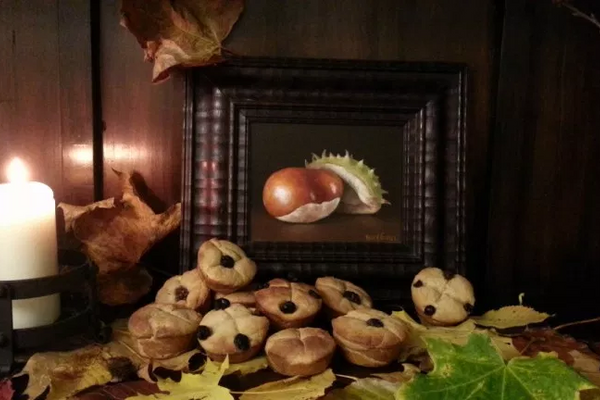

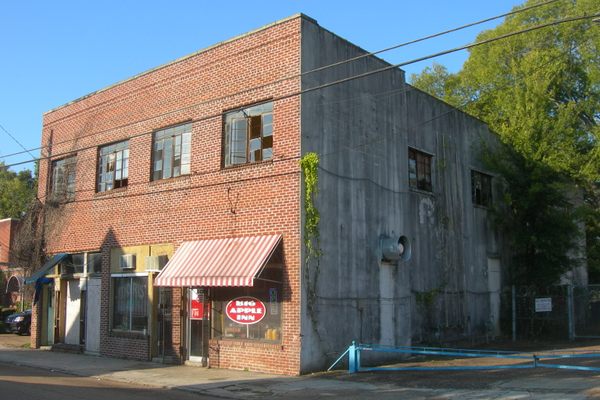


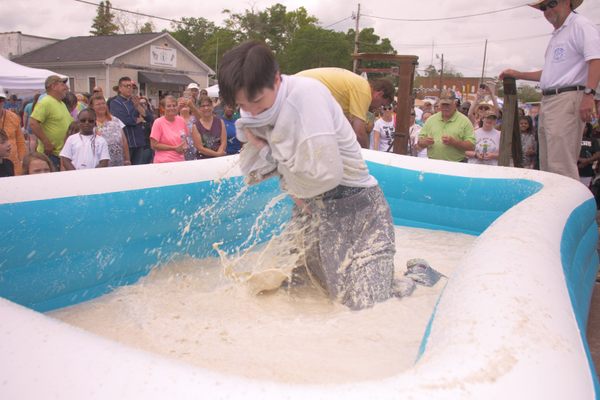













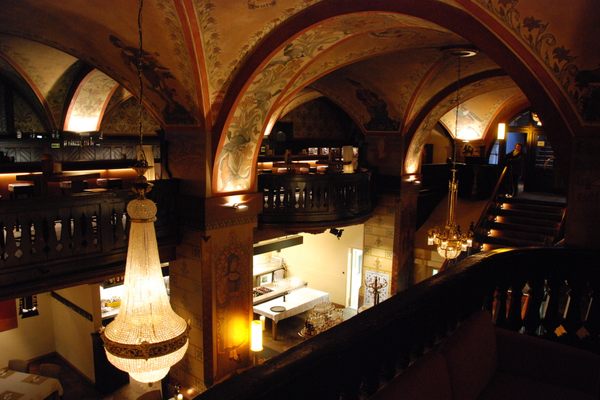



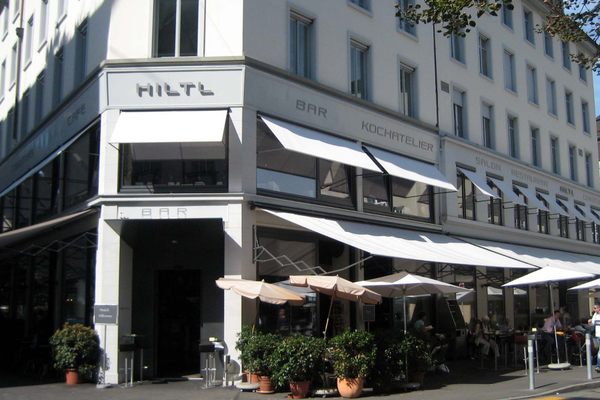


Follow us on Twitter to get the latest on the world's hidden wonders.
Like us on Facebook to get the latest on the world's hidden wonders.
Follow us on Twitter Like us on Facebook